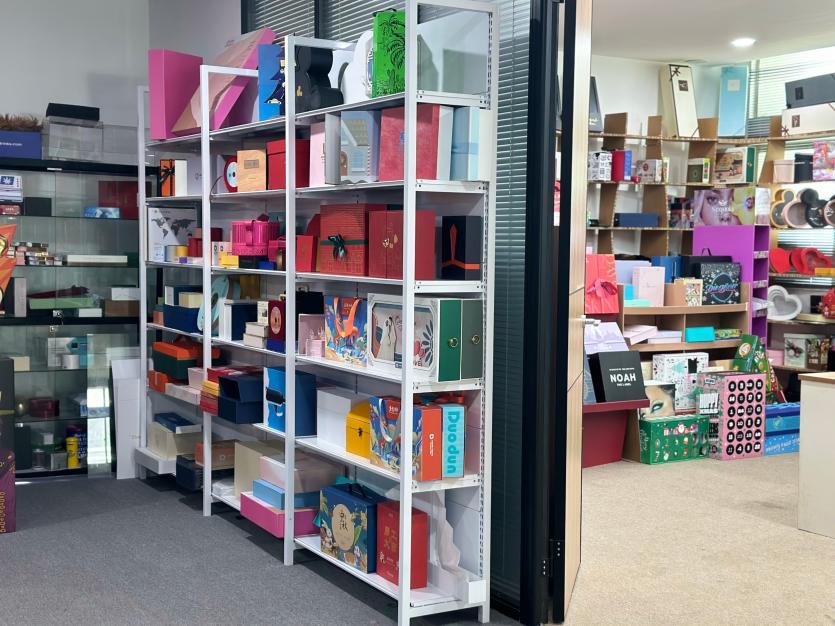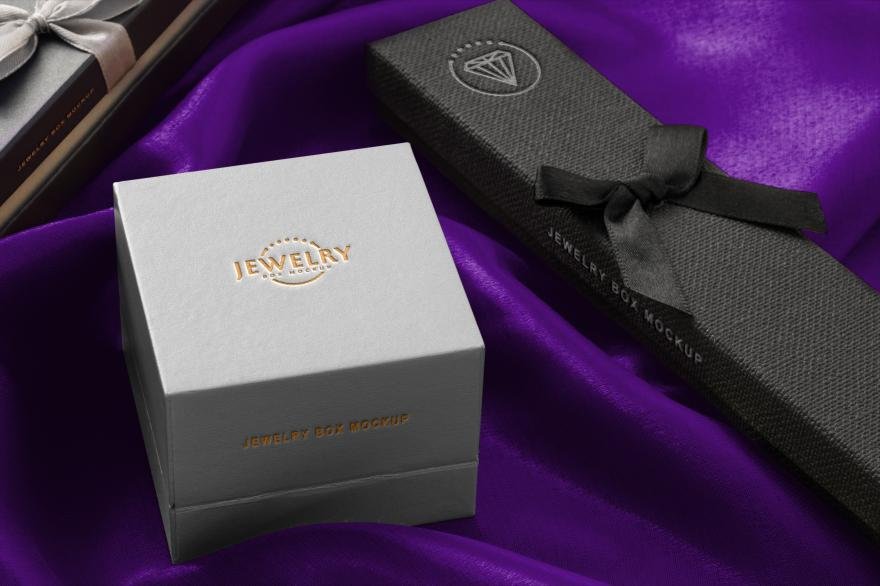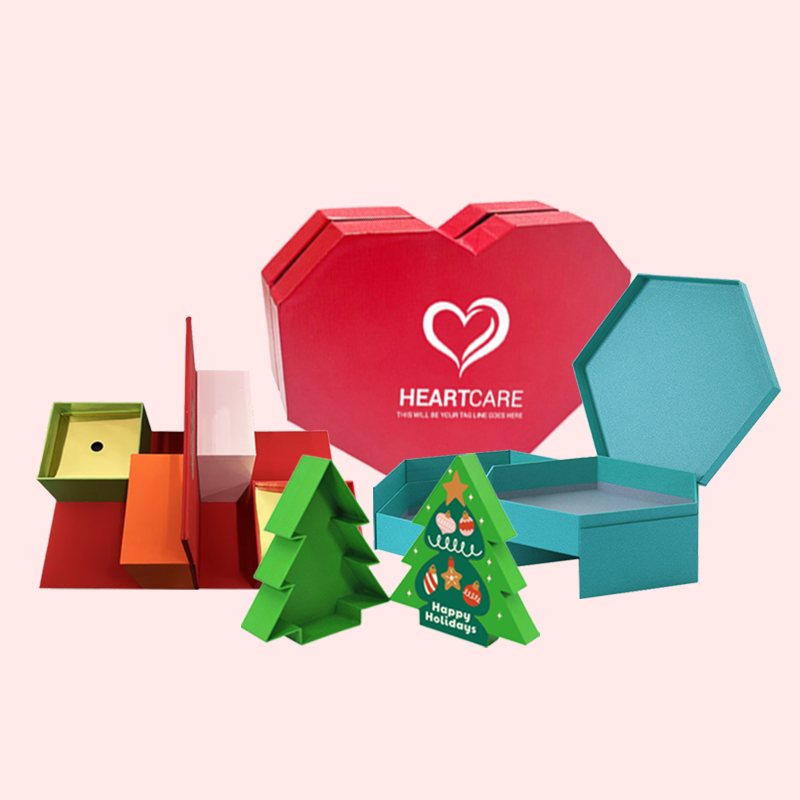Worried if premium rigid boxes are worth the high cost? You hear they are great for branding but fear the investment. I will share exactly what my clients say.
Real customers consistently say that custom rigid boxes significantly increase a product's perceived value. They love the premium feel and unboxing experience, but also caution that the higher costs and longer lead times are major factors to plan for carefully before committing to an order.

I’ve been in the packaging business for over 16 years. During that time, I’ve heard it all from my clients. The feedback on custom rigid boxes is almost always passionate. Some clients swear by them, telling me they transformed their brand. Others come to me frustrated by the process. The truth is, rigid boxes can be a powerful tool, but they aren't right for everyone. Understanding both the good and the bad is the key to making the right choice for your product.
Let's dive into the specific feedback I hear most often from brands, both big and small. This is the real story, from the people who are actually paying for these boxes.
How Do Rigid Boxes Elevate the Unboxing Experience?
Your current packaging does the job, but it doesn't create a memorable moment. Customers simply tear it open and toss it, missing a key branding opportunity. Rigid boxes change that.
Rigid boxes create a true unboxing experience through their substantial weight, smooth finishes, and satisfying closures. Clients often tell me it feels like they're opening a treasure chest. This deliberate, sensory process makes the product inside seem much more valuable and thoughtfully presented.

When a customer tells me the box feels "expensive," they aren't just talking about the price. They are talking about a feeling. I remember working with a client who sold high-end candles. They switched from a standard folding carton to a rigid box with a magnetic closure. She called me a month later, completely amazed. Her customers were flooding social media with videos of themselves opening the box. They would comment on the satisfying "click" of the magnet and how sturdy the box felt. She said people weren't just buying a candle anymore; they were buying an experience. The box became a keepsake for storing jewelry or letters. This wasn't just packaging; it became a part of the product's value. That's the power of elevating the unboxing from a simple action to a memorable event.
Here is a simple breakdown of how customers perceive the difference:
| Feature | Standard Folding Box | Custom Rigid Box |
|---|---|---|
| First Touch | Lightweight, feels temporary | Heavy, feels durable and permanent |
| Opening Sound | The sound of tearing or ripping | A quiet lift or a satisfying magnetic 'click' |
| The Reveal | The product is seen immediately | A slow, deliberate reveal, building anticipation |
| After Use | Immediately thrown away or recycled | Often kept for storage, extending brand presence |
Are Custom Rigid Boxes Worth the Investment for Startups?
As a startup, your budget is tight. You see competitors using premium boxes, but you're worried about the high cost per unit. Let's look at when this investment really pays off.
For startups, rigid boxes are a strategic investment, not just another cost. They are absolutely worth it for high-value products or when you are building a luxury brand from day one. The high perceived value they create can justify a higher product price and build strong loyalty.

I often talk to startup founders who are on the fence. The cost is a real concern, and I never ignore that. I had a founder come to me who was launching a line of artisanal chocolates. His product was expensive to make, and he needed the packaging to communicate its quality. We ran the numbers. The rigid box cost three times more than a folding carton. It was a scary jump. My advice was to think of it not as a packaging cost, but as part of his marketing budget. He took the risk. A few months later, he told me that boutique hotels and corporate clients were placing large orders specifically because the packaging made for such a high-end gift. The box did the selling for him. For a startup, that first impression is everything. A rigid box tells customers that you are serious, professional, and confident in the quality of what's inside.
Here’s a way to think about it for your business:
For Startups, Consider Rigid Boxes If...
- Your product's retail price is over $50.
- Your brand identity is built around being "premium," "luxury," or "exclusive."
- You plan to use influencer marketing, as unboxing videos are crucial.
- You want the packaging to be reused, keeping your brand in the customer's home.
Maybe Wait If...
- Your product is a low-margin, high-volume item.
- Your primary competitive advantage is price.
- Your brand is focused on being purely eco-minimalist (though sustainable rigid options exist).
What Are the Biggest Challenges When Ordering Custom Rigid Boxes?
You're ready to order but feel worried about the process. You are concerned about miscommunication, long lead times, and hidden costs that could wreck your launch schedule and budget.
The biggest challenges my customers face are the longer production lead times, higher minimum order quantities (MOQs), and the design complexity. Communicating your vision perfectly and planning far ahead are a must. This will help you avoid costly mistakes and delays down the road.

I want to be very direct about the challenges because good planning solves most of them. A client once came to me needing boxes for a huge product launch happening in one month. It was simply not possible. Rigid boxes are complex and often assembled by hand. Unlike automated processes, they require significant setup time and craftsmanship. We had to find an alternative, and he was always a little disappointed with the result. This experience taught me to be very clear with my clients about the timeline from day one. You have to plan for production to take at least 30-45 days, and that doesn't even include shipping time. Getting the details right, from the artwork files to the exact fit of the insert, takes cooperation and clear communication. It's a much more involved process than ordering a standard box.
Here are the most common issues and my advice on how to handle them:
| Challenge | Common Mistake | My Advice |
|---|---|---|
| Production Time | Expecting delivery in 2-3 weeks. | Plan for 4-6 weeks of production, plus shipping. Start the process at least 3 months before you need the boxes in hand. |
| Minimum Orders | Wanting only 100 boxes. | Understand that MOQs are often 500-1000+ units due to setup costs. If your budget is tight, start with a simpler design. |
| Design Fit | The product rattles around inside. | Always provide your supplier with a physical sample of your product. This is the only way to guarantee a perfect, snug fit for the insert. |
| Color & Finish | Artwork looks different on screen. | Always request a physical prototype or material swatches. A color on a screen will never look the same as ink on paper with a matte laminate. |
Conclusion
Customers truly love the premium feel of rigid boxes. Despite higher costs and lead times, they can dramatically increase a product's value and help your brand stand out.






